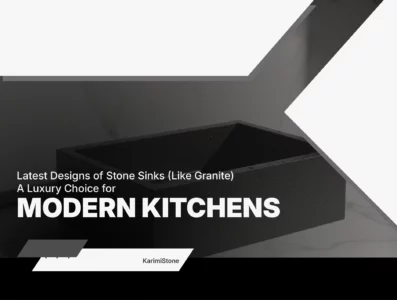
Post Page
Steel Bundling for Stone: Secure Export with Iron Packing
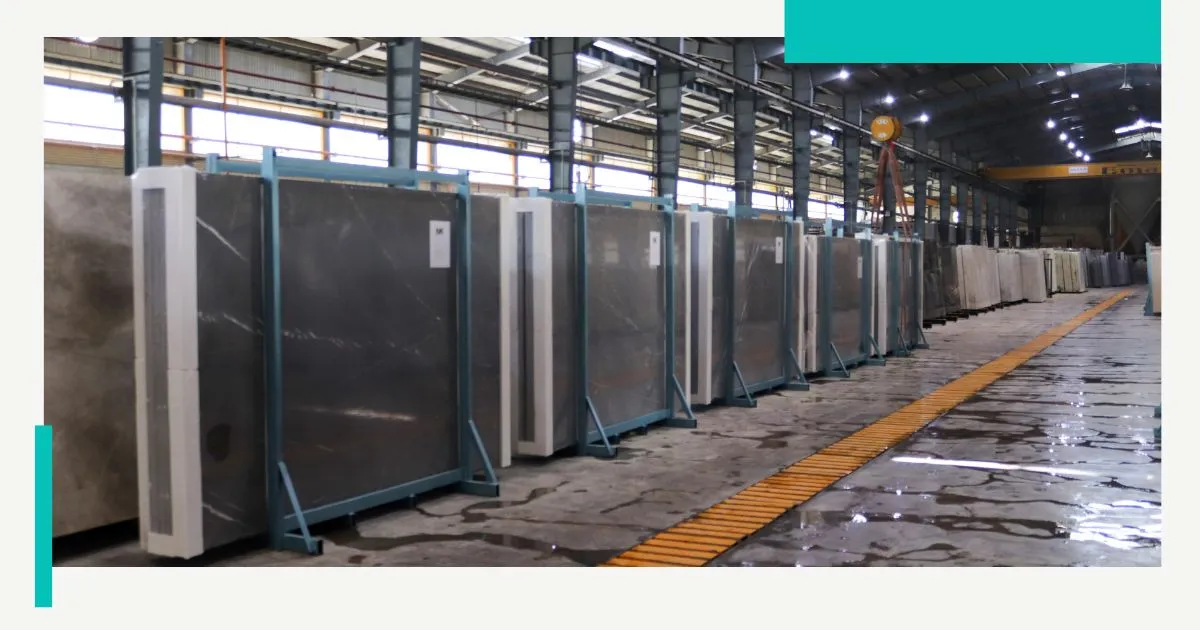
Introduction
Natural stone materials like marble, granite, travertine, and limestone are widely used in construction and interior design projects around the world. These stones are first extracted from quarries as large blocks, then cut and processed into slabs and tiles in factories. Once ready, they are shipped to other countries for use in homes, offices, hotels, and public spaces.
However, even though natural stones are known for being strong, they are also heavy and can easily crack or break if not handled and packed properly. Many slabs get damaged during shipping—not because of poor quality, but because of weak or unsafe packaging. That’s why having a strong packing method is just as important as producing the stone itself.
One of the most effective ways to protect slabs during shipping is using steel bundles or iron bundles. These systems provide the strength and stability needed to handle the weight and fragility of stone products, especially during long journeys by truck or ship.
Why Stone Packaging Must Be Strong
Unlike regular products, stone slabs are very heavy. A single piece can weigh between 30 and 300 kilograms. During transportation, these slabs go through many stages: being lifted by forklifts or cranes, placed into containers, and stacked with other slabs. Along the way, they are exposed to several risks such as:
- Sudden drops or pressure during loading and unloading
- Constant shaking and movement on bumpy roads or sea waves
- Changes in humidity and temperature during long shipping periods
- Shocks from impact or rough handling at ports or warehouses
If the slabs are packed in weak materials like basic wood or plastic wrap, the chances of damage are high. To protect these valuable products, many exporters use iron bundling systems. These can handle pressure, reduce movement, and provide full protection from start to finish.
Comparing Wooden and Iron Bundle Packing for Stone Slabs
When exporting stone slabs, two common packaging options are wooden bundles and iron bundles. Each has its own advantages and disadvantages.
Wooden bundle packing is widely used because it is cheaper and easier to prepare. Wood is also lighter than iron, which helps reduce shipping weight. This type of packing is often used for local or short-distance deliveries where the risk of damage is lower.
But wooden packing has its problems. Wood can absorb moisture, attract insects, and get damaged under pressure or when it is wet. If the slabs are stacked in containers and the wood gets weak, the entire bundle might shift or collapse, causing the slabs to crack.
Iron bundle packing, on the other hand, is much stronger. Although it is heavier and more costly, it provides a high level of protection. Iron does not absorb moisture, doesn’t bend easily, and holds the slabs tightly in place even when the container is shaking or the slabs are stacked high. For international export, especially by sea, iron bundles are a safer and more reliable choice.
Many stone companies prefer iron bundling for large or valuable shipments because it reduces the chance of breakage and increases the success of delivery. Choosing between wooden and iron packing depends on the type of stone, shipping route, climate, and how far the slabs are going.
Benefits of Steel Bundling in Stone Export
Using steel bundling systems in natural stone export has many benefits:
- They can handle heavy stacking without collapsing
- They prevent the slabs from sliding, bending, or hitting each other
- They make it easier to lift and move the slabs using forklifts or cranes
- They last longer and stay strong in all weather conditions
- They reduce overall damage and save money on returns and replacements
Because of these advantages, steel bundles are now the preferred packing method for serious exporters who want to ensure their products arrive safely.
A-Frame Supports for Large Stone Slabs
When dealing with very large stone slabs—such as polished marble or granite—another important tool is the A-frame. This is a strong frame shaped like the letter “A” made from metal or heavy wood.
Slabs are placed on both sides of the A-frame and secured with iron straps. The frame is then fixed to the floor of the truck or shipping container. This setup holds the slabs upright and keeps them from falling or leaning.
Why A-Frames Are Useful
- They keep the slabs straight and prevent bending
- They protect slabs from damage caused by pressure or poor stacking
- They make it easier to load and unload slabs with machines
- They keep the slabs in place during long journeys
Using A-frames with iron strapping creates a stable and safe transport unit that protects the slabs until they reach their destination.
Safe Loading in Shipping Containers
After the slabs are bundled or mounted on A-frames, they are loaded into 20-foot or 40-foot containers for sea transport. Inside the container, extra steps are taken to keep everything secure:
- Bundles are connected with additional iron ties
- Bundles are bolted to the container floor or locked in place
- Plastic covers and moisture absorbers are added to protect against water
- The bundles will be covered with plastic shrink wrap
- Labels and signs are used to guide proper handling
These extra protections help ensure that slabs don’t move, shift, or break during long and often rough sea or road trips.
Conclusion
In the natural stone export business, the biggest risk is not cutting or polishing—it’s what happens during transport. Every broken slab is not just a product loss but a loss of customer trust. That’s why using the right packing method is critical.
Iron bundling and steel packing systems have proven to be the most effective solutions for safe and secure delivery. They reinforce the slabs, reduce the risk of movement, protect the edges, and meet global shipping standards.
At Karimi Stone, we take this responsibility seriously. We use high-quality steel in every shipment. Our goal is simple: to deliver our stone products in perfect condition—no matter how far they travel.
In the stone industry, good packaging is not just about safety. It’s about keeping promises, protecting investments, and ensuring that every customer gets the quality they paid for.




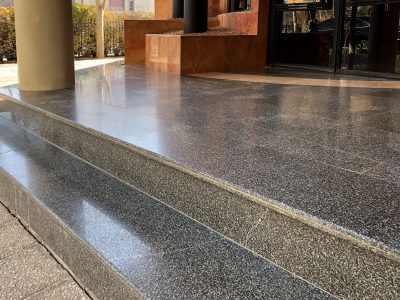

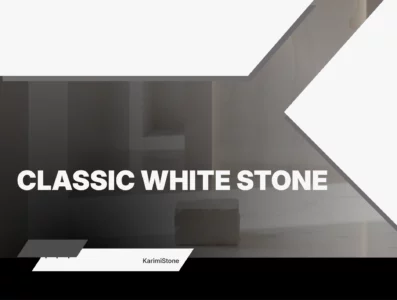
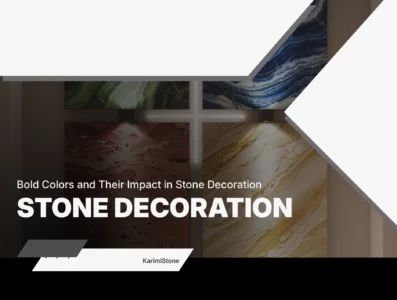
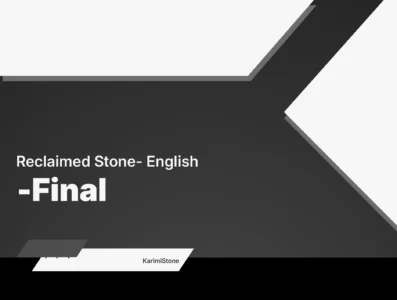
 Online Catalogue
Online Catalogue
